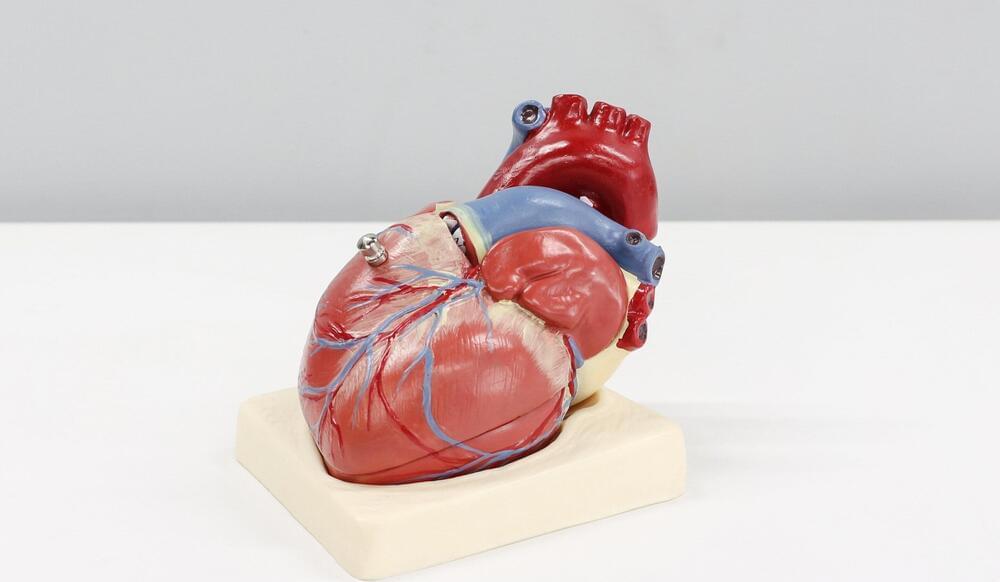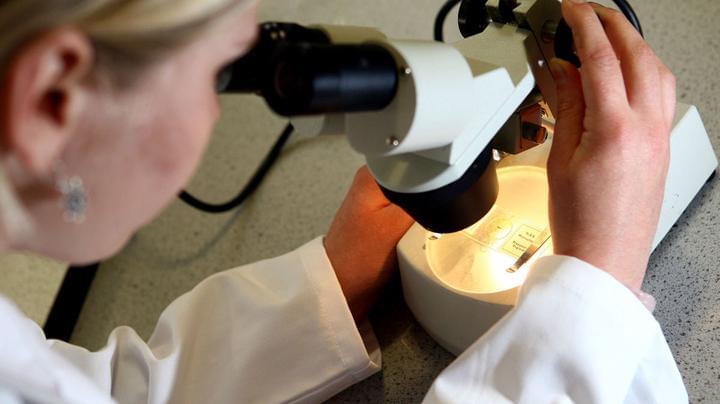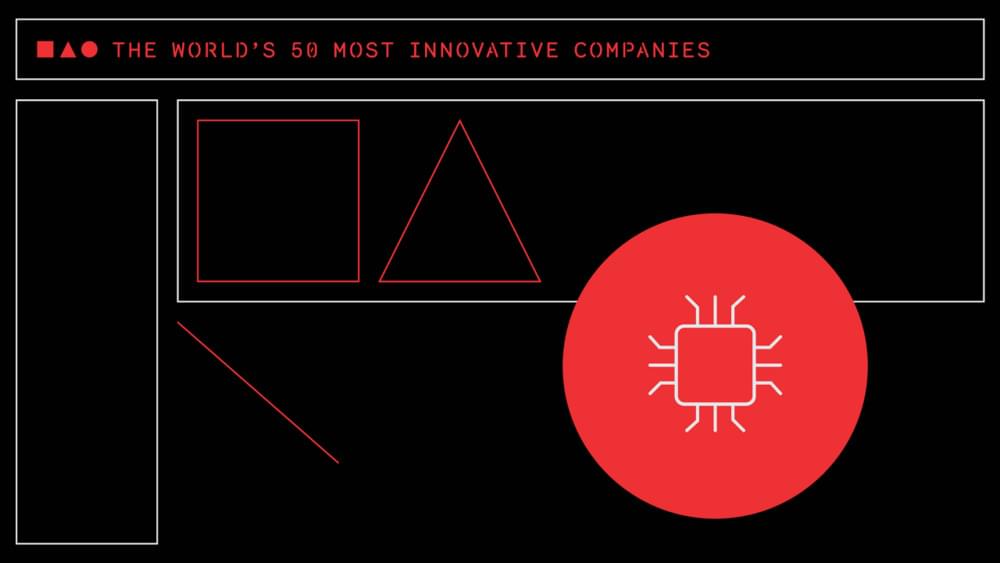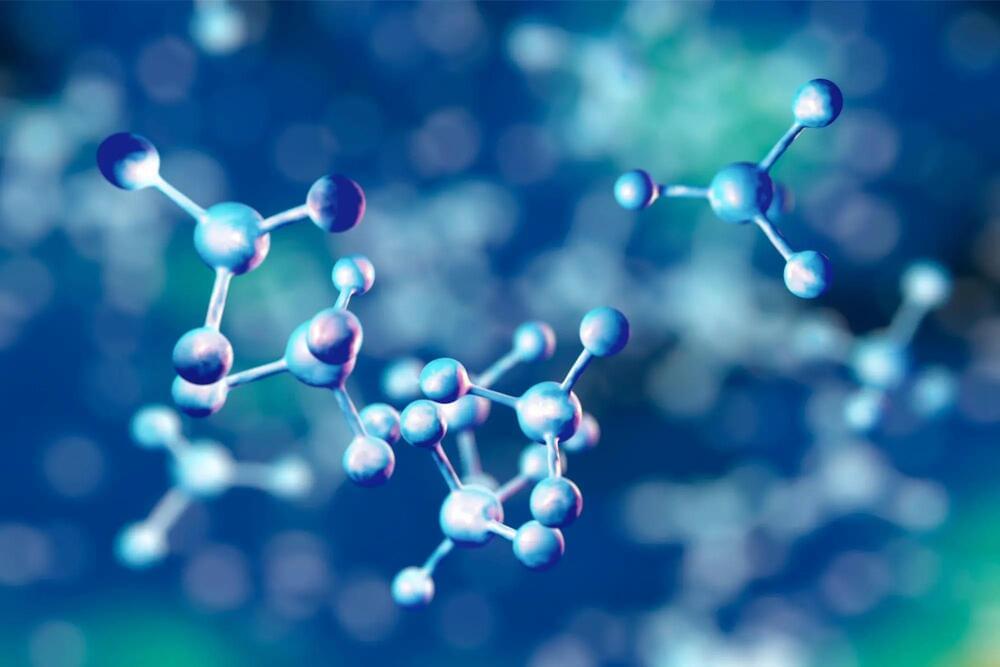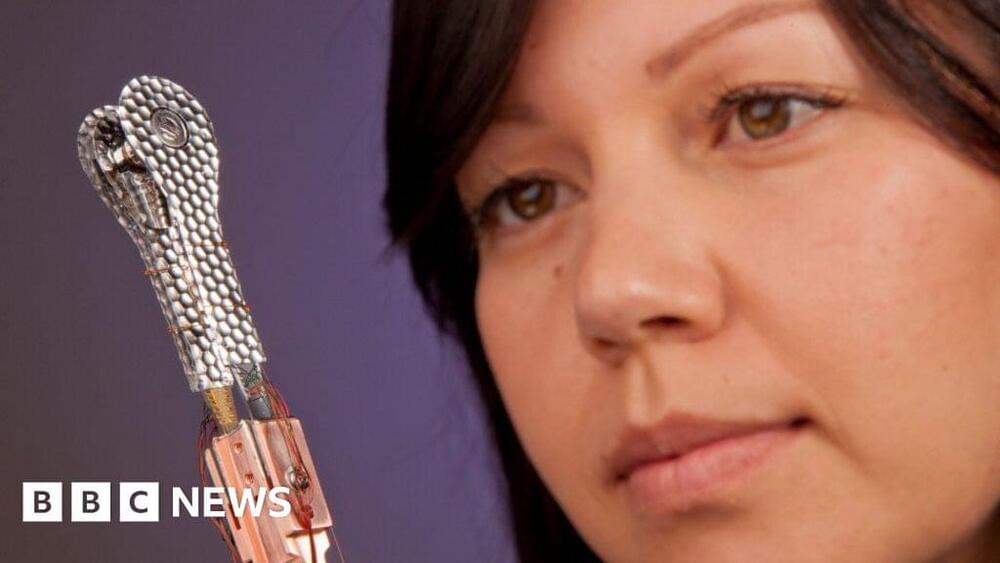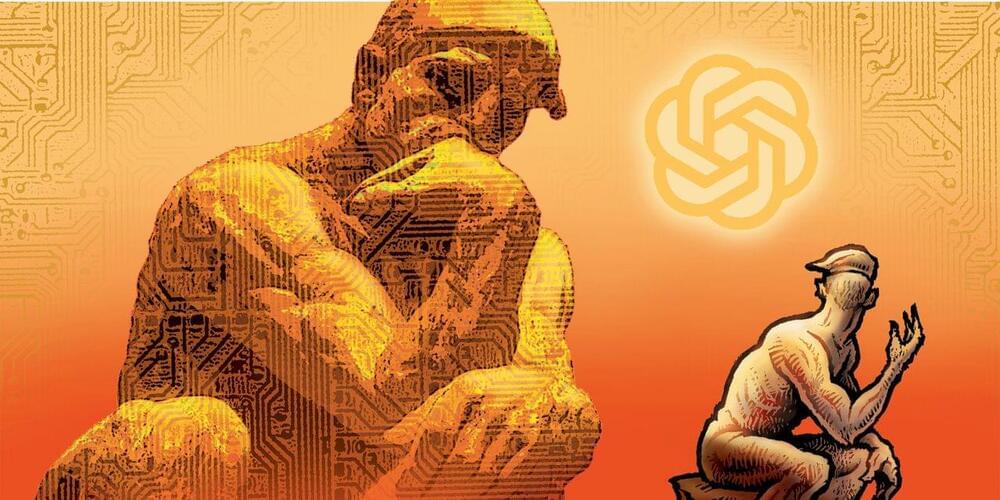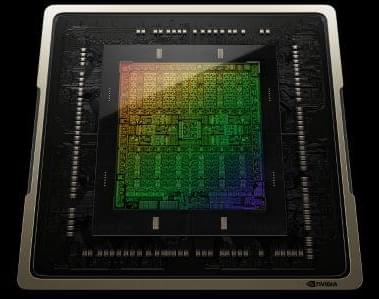Transcatheter mitral valve repair for heart failure patients with mitral regurgitation can reduce the long-term rate of hospitalizations by almost 50 percent, and death by nearly 30 percent, compared with heart failure patients who don’t undergo the minimally invasive procedure.
These are the breakthrough findings from a new study led by a researcher from the Icahn School of Medicine at Mount Sinai. This multi-center trial is the largest trial to examine the safety and effectiveness of transcatheter mitral-valve repair in a heart failure population using Abbott’s MitraClip system. It shows this treatment option significantly improves outcomes for patients with heart failure that do not respond to conventional treatments.
The five-year results from the “Cardiovascular Outcomes Assessment of the MitraClip Percutaneous Device” study, or COAPT, were announced Sunday, March 5, in a Late Breaking Clinical Trial presentation at the American College of Cardiology Scientific Sessions Together with World Congress of Cardiology (ACC.23/WCC) in New Orleans, and published in The New England Journal of Medicine.
